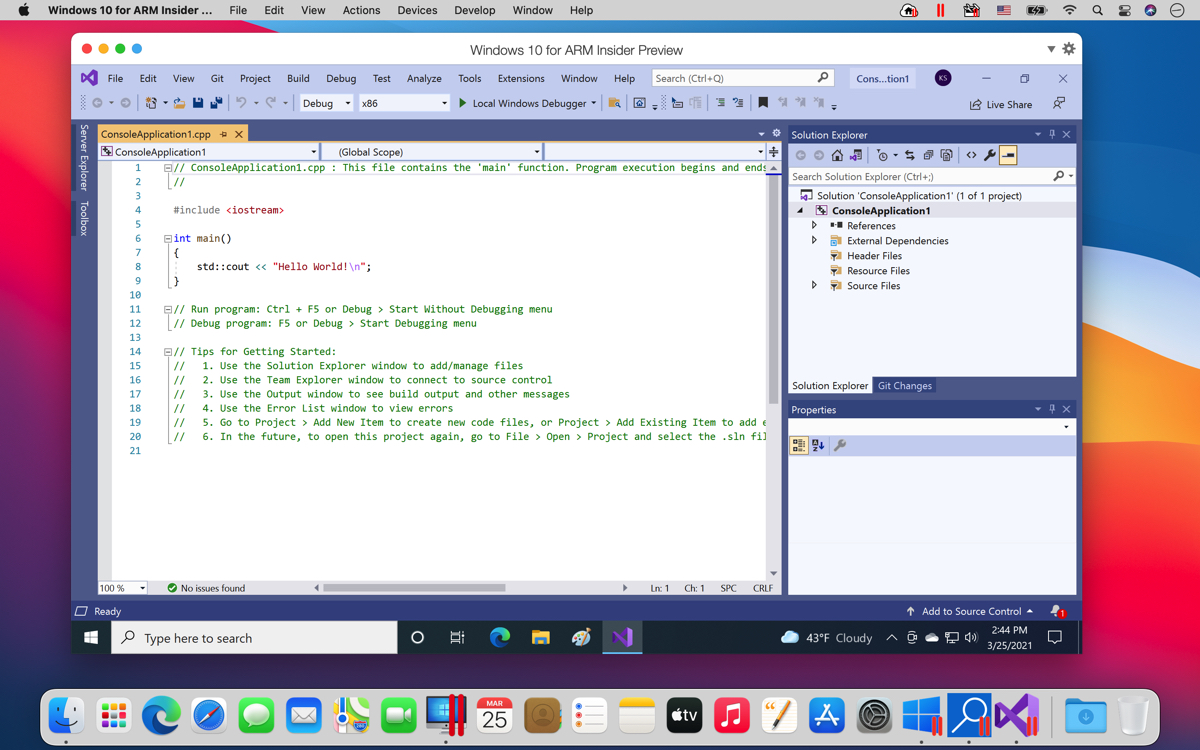

mpack Site Moderator Posts: 38110 Joined: 4. If it's a simulator then those pictures don't tell you how long it took to get to that desktop, assuming the screenshot is simply fabricated. First, there are ARM builds of Windows, or x86 builds of their hypervisor, so those pictures could come from that. So while some of the alternatives might talk about Intel code on M1, they are talking about CPU simulation, which is fine for debugging, otherwise it's a toy.Īnd a strong beware of the sales blurb showing pretty pictures of a Windows 10 or 11 desktop. This allows you to run 64-bit x86 Linux apps or try out different distros from the comfort of macOS. VirtualBox is not a CPU SIMULATOR, as that is a different animal entirely with much worse performance and most likely errors in detail that prevents a complex OS from running. Parallels Desktop is a user-friendly virtual machine app that allows you to run Windows from within your macOS desktop. Native Linux support for Apple’s new ARM-based architecture isn’t yet ready, but you can run Linux on an M1, M1 Pro, or M1 Max using a virtual machine. This means that while the hardware is virtual, code runs directly on the host CPU at full speed, the host CPU therefore must be x86. VirtualBox is a hypervisor, as all of the practical alternatives are too. I’ve been trying to get QEMU 6.0. I will add that, as far as is known, the VirtualBox alternatives will not please you either, assuming your goal is to run x86 Windows or Linux code on a Mac in the manner you may be used to. Can anybody suggest a free alternative to Parallels for virtualizing Windows 10 and Ubuntu Im afraid Virtualbox doesnt support M1 yet. See the sticky at the top of the this forum.


 0 kommentar(er)
0 kommentar(er)
